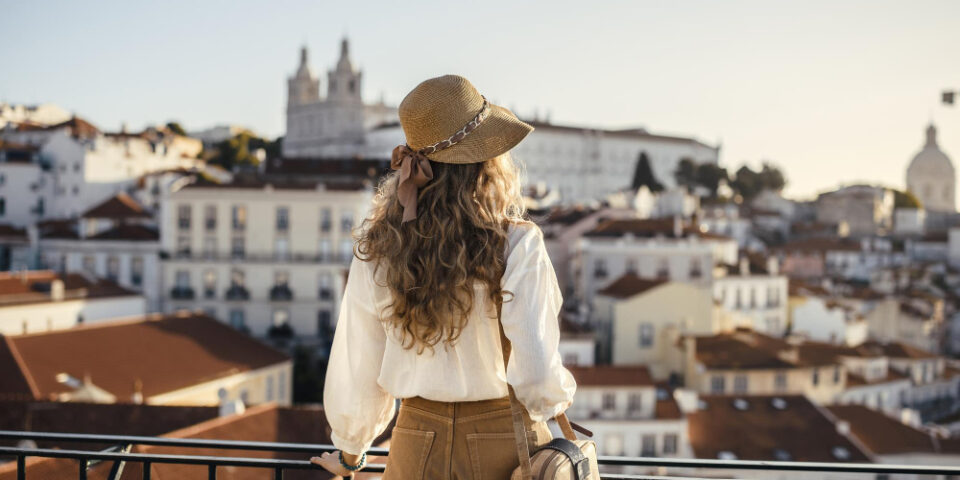The Basilica of Notre-Dame de Fourvière is renowned for its striking blend of architectural styles, predominantly Romanesque and Byzantine. The exterior of the basilica features intricate stone carvings and ornate detailing, showcasing its Romanesque influences with a grand, fortress-like appearance. The façade is adorned with statues and decorative elements, while the twin bell towers, crowned with golden statues of the Virgin Mary, dominate the skyline. The use of colorful mosaics and elaborate sculptures throughout the building highlights the Byzantine influence, contributing to the basilica’s unique and visually captivating presence.
Inside, the basilica’s interior is equally impressive, with richly decorated mosaics, stained glass windows, and sculptural work that create a mesmerizing effect. The ceiling of the nave is adorned with stunning mosaics depicting biblical scenes and religious symbols, while the vibrant colors and patterns of the stained glass windows bathe the interior in a kaleidoscope of light. The combination of these artistic elements, along with the basilica’s expansive and intricate design, exemplifies the grandeur and artistic ambition of 19th-century French ecclesiastical architecture.

